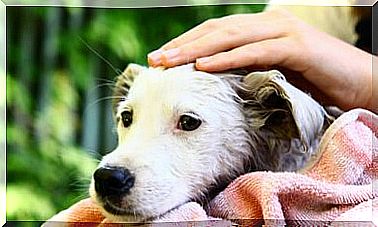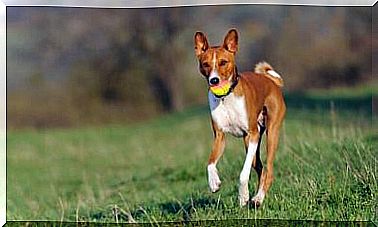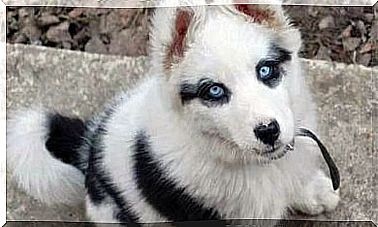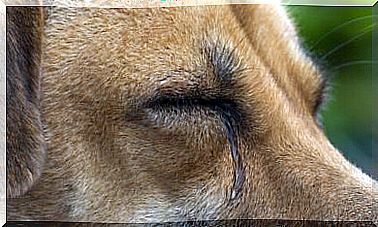The Cause Of Aggressiveness Does Not Lie With The Dog
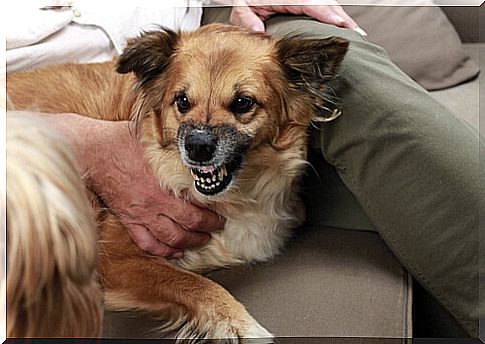
It is said that there are bad or dangerous pets … Still, the “fault” does not lie in the genetics or personality of the animal, but in many cases with the owner and upbringing. In this article, you will learn why the dog is not the cause of aggression.
Aggressiveness and dogs
A dog that bares its teeth and barks very nervously is aggressive. This behavior can lead to many problems, not only for the animal but also for the environment.
It is often said that this or that breed is “aggressive”, but this is controversial. Not because an animal is of a particular breed does it mean that it will attack or bite. The aggressiveness in dogs is a behavior that depends on another being and the defense or the attack is. It can also be a sign of dominance or fear.
Why does the dog develop aggressiveness?
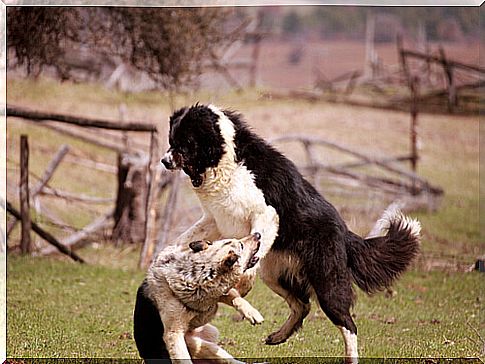
There are many factors that can make a dog aggressive. Some of these can be found in animals, others can be traced back to the relationship with humans. The main causes of aggression in dogs are:
1. Health problems
If the animal is in pain and is not healthy, it can develop aggressive behavior. This often happens when they have skin problems or a broken bone, when they are injured or weakened. Unable to see that these symptoms are due to their physical condition, afflicted dogs believe that those around them are causing them pain. This behavior is normal in stray dogs that have suffered abuse.
If your pet becomes aggressive for no apparent reason, we recommend taking them to the veterinarian so that they can assess whether they have an illness or pathology.
2. Lack of socialization
It is important for a puppy between 3 and 12 weeks old to have contact with other animals in order to begin the socialization process. This stage includes not only contact with dogs, but also with people who are not part of their family environment.
A social dog is healthier, more balanced, and less aggressive. On the other hand, if the animal has never walked in the park, doesn’t know any other dogs, or is always surrounded by the same people, then fear, stress and nerves lead to aggressive behavior. It is therefore important to establish contacts right from the start.
3. Bad education
If the dog is not properly trained and no limits are set, it is likely that the dog will be aggressive towards any being that rejects it, be it the owner by command or another animal that wants to play with it. Poor upbringing can also consist of excessive pampering if the animal is treated as a person and not taught to behave appropriately.
On the other hand, excessive punishment, screaming, and beating can increase the dog’s aggressiveness. Always on a leash, little food, a lot of ranting … these are all habits that change the animal’s personality.
4. Motherhood
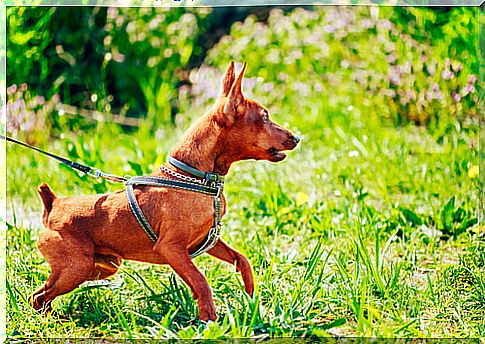
It is likely that a female will aggressively defend her offspring during birth and in the first few days thereafter. The mother will not allow anyone to touch or approach her pups. This behavior is instinctive in order to protect the pups.
5. Territoriality
Some dogs can be aggressive if they see that their leadership role or their territory is in jeopardy. When an “intruder” walks into the house or takes an item from the dog, he will often respond with growls and barks. It’s important to avoid this, especially if you want another pet or are expecting a baby.
In this context we can also mention the greed that some dogs develop for either an object, a person or another animal. If your dog has a toy that you want to take away from him, he will defend it with claws and teeth. When you get closer to its pups or members of its pack (in the case of alpha males), a dog can act that way too.

